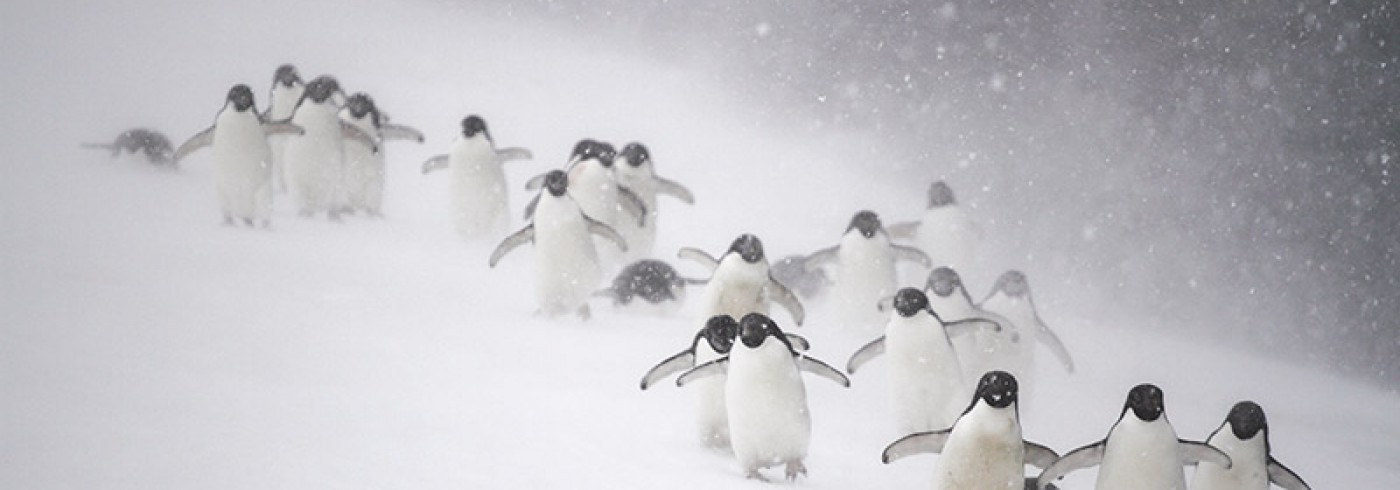Antibiotic resistant enterobacteriaceae in different bird populations in Antarctica
1 November 2009 - 31 December 2009To what extent is the current development of antibiotic resistance among bacteria isolated from humans and livestock reflected among bacteria isolated from wildlife and natural environments? That is our main question in this project. The unique ability of bacteria to develop resistance mechanisms to antimicrobial agents has, from a human health perspective, assumed catastrophic proportions, rendering more and more infections that are difficult or impossible to treat. Most research on the epidemiology of antibiotic resistance has focused on human and veterinary medicine; however, there is an increasing interest and urgent need to understand how bacterial resistance is transferred within reservoirs in natural environments.
Cruising, sampling, freezing
In order to study the occurrence of antibiotic resistance in different bird populations in Antarctic and sub-Antarctic regions in relationship to feeding habits, possible human impact in the area and migration patterns of the bird population, we participated in the commercial cruise ”Emperors and Kings” arranged by Quark expedition. The original plan was to visit several bird colonies on the Antarctic Peninsula, South Georgia and the Falkland Islands. Due to bad weather and ice conditions, the expedition was restricted to the sea ice near Snow Hill, Brown Bluff, Paulet Island, Devil Island, and the Falklands. South Georgia was not visited at all.
The sampling of the birds was straight-forward: we took fresh faecal droppings directly from the ground. The samples were immediately frozen in a –70˚C freezer onboard the cruise ship Kapitan Khlebnikov, and then transported from the Falklands to Sweden for further analysis.
Home work
A possible next phase is to study the occurrence of some specific antibiotic resistance genes in the faecal bacteria from Kelp Gulls (Larus dominicanus). We plan to publish the results in scientific, peer-reviewed papers.





